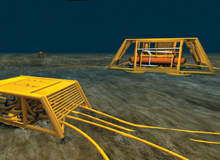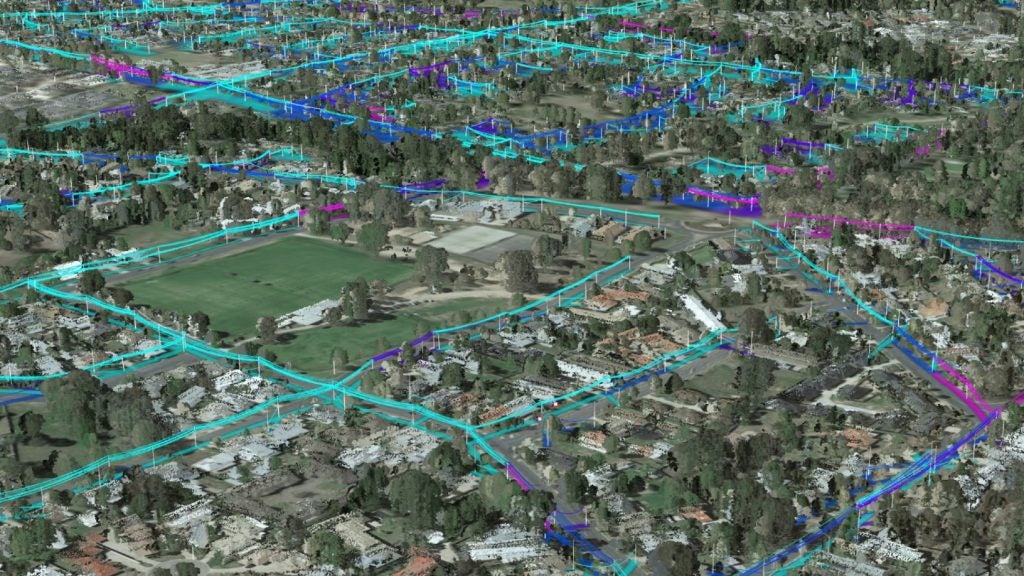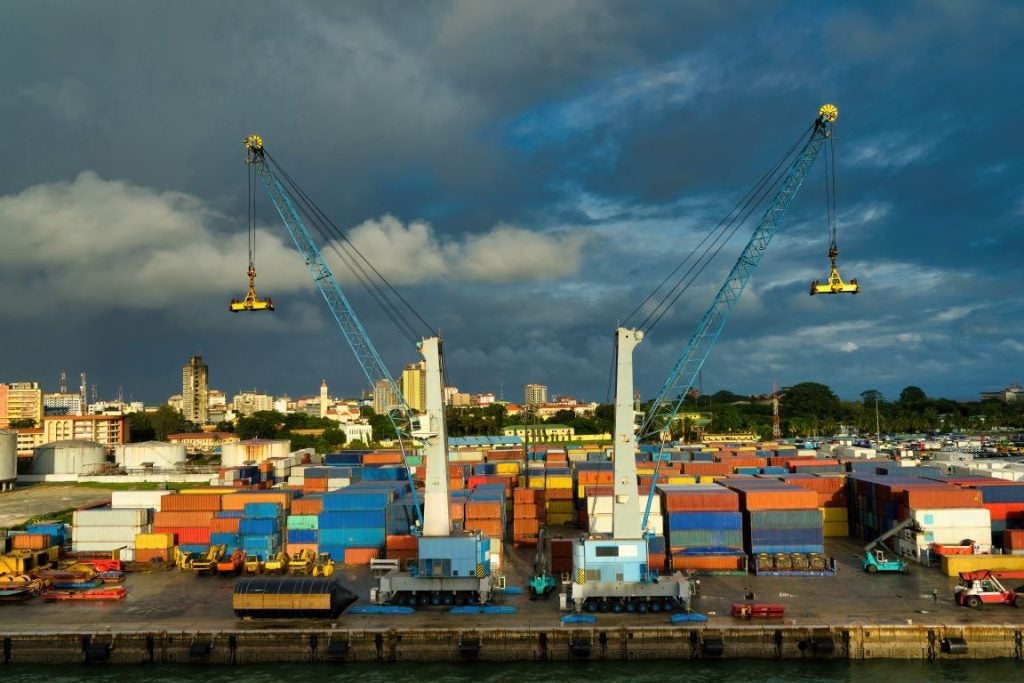
With global oil prices reaching record levels and primary recovery methods approaching their use-by-dates, the industry is in a critical position.
Beyond financial considerations, environmental pressures are highlighting the need to find cleaner methods of oil extraction, which will only increase over the coming years.
The industry needs a greater range of improved oil recovery (IOR) techniques and the race for suitable, cost-effective solutions is on.
SEABED PROCESSING
Developments at the Tordis plant in the Tampen area of the North Sea could revolutionise methods of oil production.
See Also:
Statoil, along with its six partners, is hoping to extract 35 million extra barrels of oil from the site through new technology and upgrades. It forecasts that this will boost its recovery rate from 49% to 55%.
How well do you really know your competitors?
Access the most comprehensive Company Profiles on the market, powered by GlobalData. Save hours of research. Gain competitive edge.

Thank you!
Your download email will arrive shortly
Not ready to buy yet? Download a free sample
We are confident about the unique quality of our Company Profiles. However, we want you to make the most beneficial decision for your business, so we offer a free sample that you can download by submitting the below form
By GlobalDataThe jewel in the crown of this NOK2bn overhaul is the installation of a full-scale subsea separation, boosting and injection system (SSBI), making Tordis the world’s first commercial plant with seabed processing. The project represents a significant contribution to the development and improvement of a technology that could boast a range of applications.
Fields in deep or environmentally sensitive waters, the tie-in of fields located away from fixed installations and tail production could all eventually benefit from this experiment.
Furthermore, the Tordis installation is an entirely closed system, minimising oil loss and water pollution. Achieving a significant reduction in discharges of produced water back into the sea makes for a cleaner, more efficient system.
The subsea separation boosting and injection station separates water from the well stream, re-injecting it back through a large bore water injection tree. After separation, gas and oil is mixed and pumped via a multiphase pump back to the Gullfaks C platform around 10km away.
Its main features are the foundation structure and manifold, a separation module, a sand removal system, a water injection pump and a multiphase pump. The subsea station includes one control module, capable of 51 functions, which manages various station tasks and communicates directly with Gullfaks C.
IMPLEMENTING THE PROJECT
The installation is going ahead in two stages. The first step, currently underway, involves converting the Gullfaks C platform to low-pressure production. This is on course for October 2006 and should improve recovery of production by some 16 million barrels of oil.
Phase two will see the installation of the separation station, pumps and support systems for the platform. This is due to recover an additional 19 million barrels of oil from October 2007.
Once everything is up and running, the subsea facility should be capable of handling close to 200,000 barrels of liquid per day.
Tordis has been chosen because it must evolve or die. "We have been operating this field for ten years," explains project manager Hans Kristiansen. "Water was entering the reservoir and if nothing was done, we would have been forced to cease production."
One of the more revolutionary aspects of the design process is the fact that it is not revolutionary at all. The use of existing technical solutions with successful operational experience has underpinned the project from the start.
"This is not new technology," explains Kristiansen. "It has been delivered before. The real challenge is leaving it on the seabed for five years without maintenance." Features such as the separator pumps, which normally require ongoing upkeep, will have to perform independently.
There are logistical issues to overcome before the station is fully online. Kristiansen cites the weight of the station, approximately 1.2 million tonnes, as posing some problems.
"Our lifting capacity is estimated at 1.3 million tonnes," he explains. "When operating that close to capacity, it is vital to proceed carefully." When installing a unit of this size – it measures 14m by 19m – it seems foolhardy to proceed in any other way.
Kristiansen admits that they are running slightly behind schedule, but insists that it is certainly not critical.
INDUSTRY INTEREST
Total, one of Statoil’s partners, is considering installing six systems at fields in the North Sea. Statoil forecasts that the further installation of such systems could eventually see the company extracting an additional 50–100 million cubic metres of oil.
Kristiansen says people have shown interest in the project wherever he has gone, "from the USA to Aberdeen," and he can only see such interest increasing over time. "Subsea is coming," he announces.
"High oil prices will justify many projects of this nature. In the next ten to 20 years it will become increasingly prevalent. This not only applies to oil, but to the subsea compression of gas as well."
How such changes manifest themselves will depend, in part, on the success of events at Tordis. According to Kristiansen: "These plans show that it is possible to get more out of existing fields."
If proved right, Tordis SSBI will not remain the world’s only commercial subsea processing system for long.






